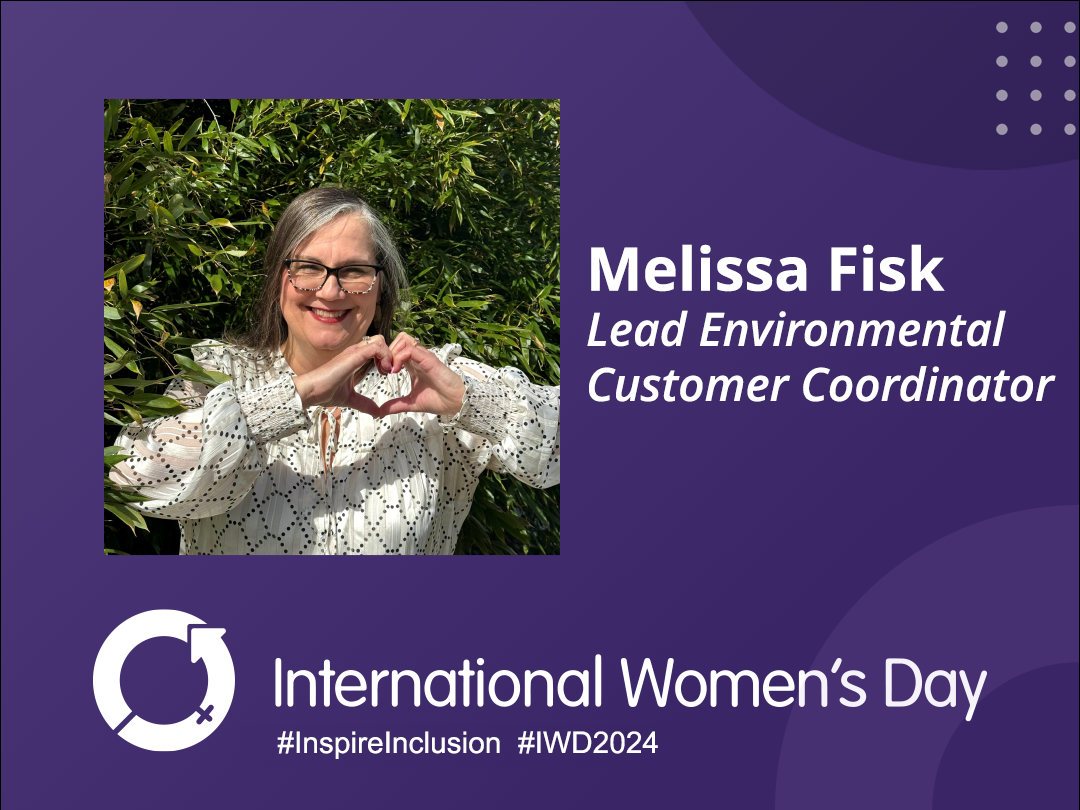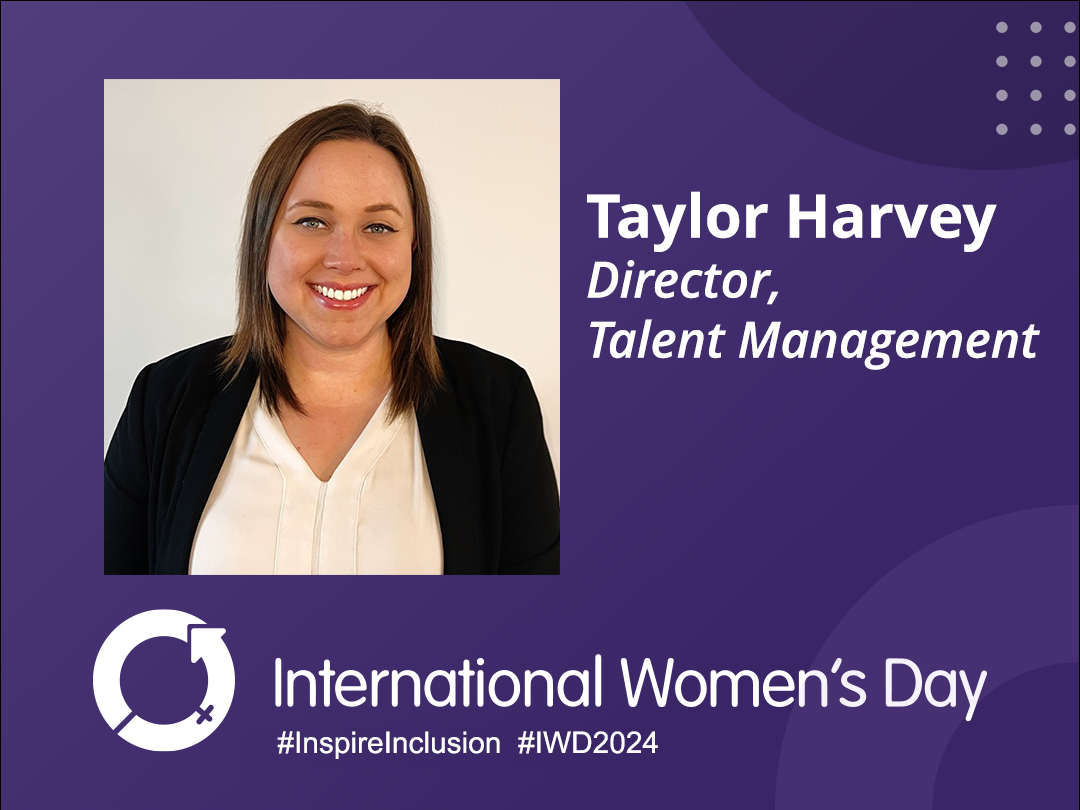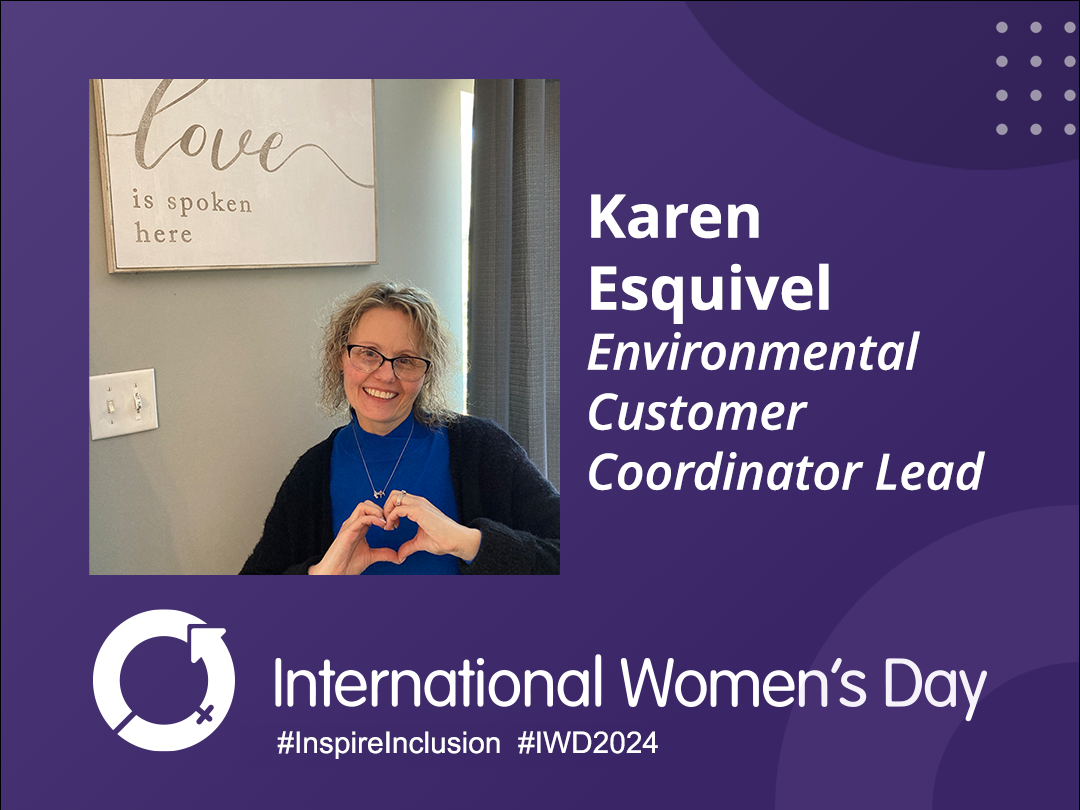
We’ve covered several LDR topics in the last few months including universal treatment standards as well as alternative treatment standards for labpack wastes, contaminated soil, and hazardous debris. Today we’re going to cover some of the variances, extensions, and exemptions for which wastes can be applicable. According to LDR regulations, if a waste does not meet appropriate treatment standards it is ineligible to be land disposed. When a waste can’t meet standards for land disposal it is known as “prohibited.” Most prohibited wastes can be made eligible for land disposal through treatment to appropriate standards but in some cases they can’t.
Because of the potential for wastes that cannot achieve the standard be land disposed the EPA created special circumstances that can allow for land disposal of prohibited materials. There are six different variances, extensions, or exemptions: national capacity variance (§3004(h)(2)), case-by-case extension to an effective date (§268.5), no-migration variance (§268.6), variance from a treatment standard (§268.44), equivalent treatment method variance (§268.42(b)), surface impoundment treatment exemption (§268.4). Each variance, extension, or exemption addresses a different issue. Today we will be covering the first two, national capacity variance and case-by-case extension to an effective date.
National Capacity Variance
When the EPA develops a treatment standard they have to examine the treatment, recovery, and disposal capacity in order to determine if capacity is adequate for current and future wastes. According to the EPA, “To make capacity determinations, EPA compares the quantity of the restricted waste generated with the nationally available treatment, recovery, or protective disposal capacity at permitted and interim status facilities that will be in operation by the effective date.”
If they find that there will not be enough capacity for a waste code they can “grant a nationwide extension of the prohibition deadline for up to two years.” Waste generators and handlers can land dispose of wastes in this state of extension without meeting treatment standards as long as the disposal unit is in compliance with RCRA technological requirements.
Case-By-Case Extension
Similar to National Capacity Variance, if local or regional conditions do not allow for adequate treatment capacity the EPA may extend the effective date of a treatment on a case-by-case basis. According to the EPA, “case-by-case extensions [are granted] for one year, when waste handlers appropriately demonstrate need as enumerated in §268.5, and can renew these extensions for an additional year. Individual extensions cannot exceed a total of 24 months.”
Again, like National Capacity Variance, “if waste handlers dispose of hazardous wastes benefiting from a case-by-case extension to an effective date in landfills or surface impoundments, these disposal units must meet the minimum technological requirements for liners and leak-detection and be in compliance with groundwater monitoring requirements.”
Keep checking our blog for the second part of this post which will cover no-migration variance, variance from a treatment standard, equivalent treatment method variance, and surface impoundment treatment exemption.
EPA cited information (unless otherwise noted) for this blog post was gathered from the EPA document, “Introduction to Land Disposal Restrictions.” As always, this blog post is not intended to be comprehensive and it is always best to check with the EPA and local government for full, up-to-date, rules and regulations.
More News From Heritage
-
3/12/24
Equal Pay Day – Spotlighting Our Female Drivers
-
3/8/24
International Women’s Week Spotlight – Shannon Dippel
For International Women's Week, we're spotlighting some of the incredible women in the Heritage family. Our final spotlight is Shannon Dippel.
-
3/8/24
International Women’s Week Spotlight – Susan Adams
For International Women's Week, we're spotlighting some of the incredible women in the Heritage family. Our sixth spotlight is Susan Adams.
-
3/7/24
International Women’s Week Spotlight – Lea Wilson
For International Women's Week, we're spotlighting some of the incredible women in the Heritage family. Our fifth spotlight is Lea Wilson
-
3/7/24
International Women’s Week Spotlight – Melissa Fisk
For International Women's Week, we're spotlighting some of the incredible women in the Heritage family. Our fourth spotlight is Melissa Fisk.
-
3/6/24
International Women’s Week Spotlight – Taylor Harvey
For International Women's Week, we're spotlighting some of the incredible women in the Heritage family. Our third spotlight is Taylor Harvey
-
3/5/24
International Women’s Week Spotlight – Karen Esquivel
For International Women's Week, we're spotlighting some of the incredible women in the Heritage family. Our second spotlight is Karen Esquivel.
-
3/5/24
Heritage Environmental Services Announces HP Nanda as CEO; CEO Jeff Laborsky Transitions to Board of Directors
Heritage Environmental Services (“HES”) announced today that HP Nanda will join the organization as CEO.








